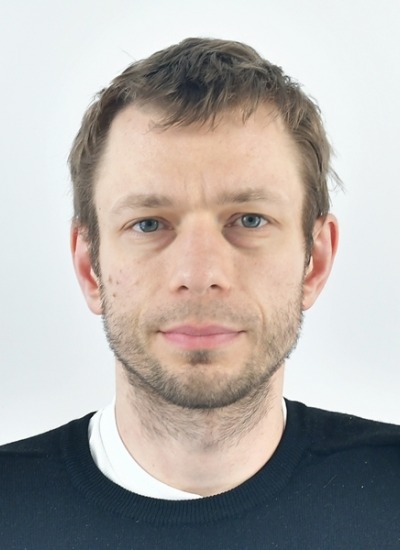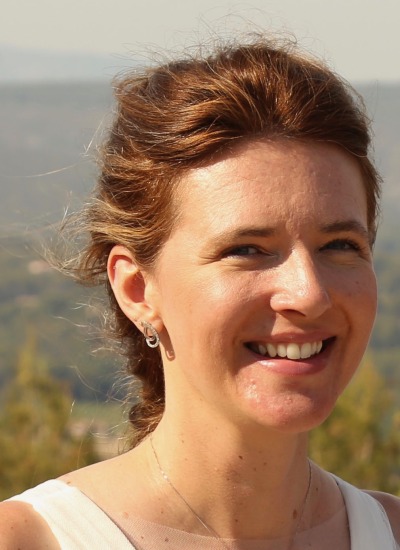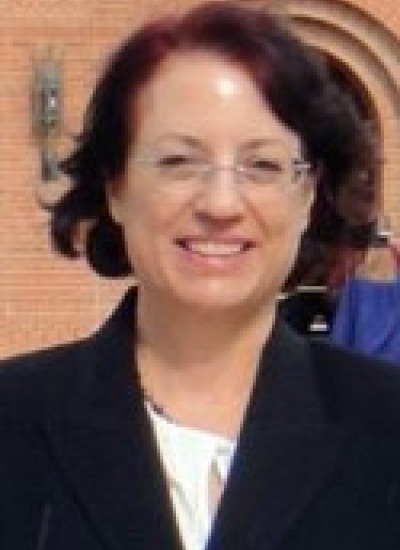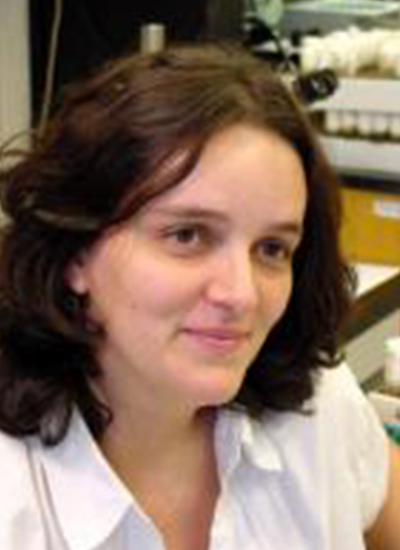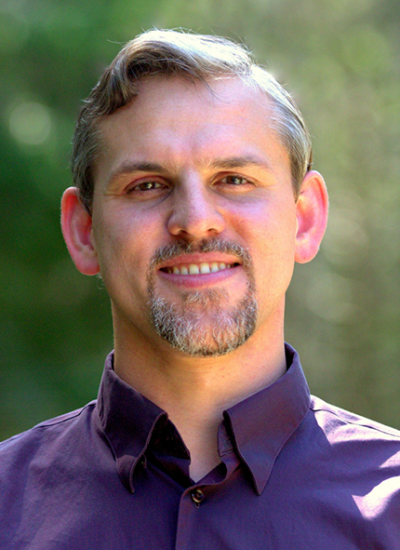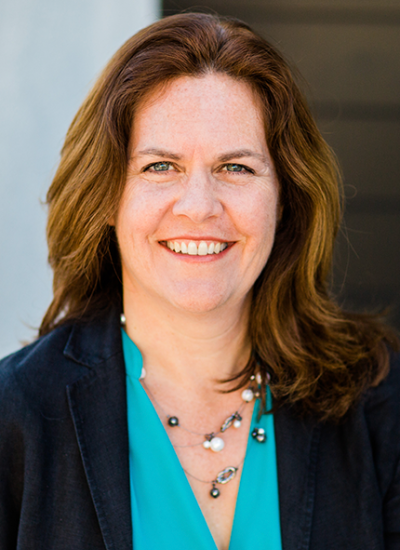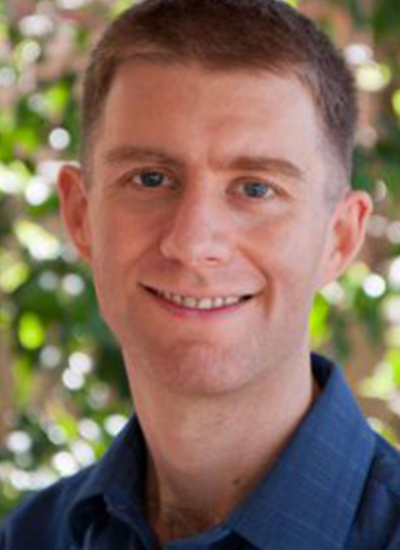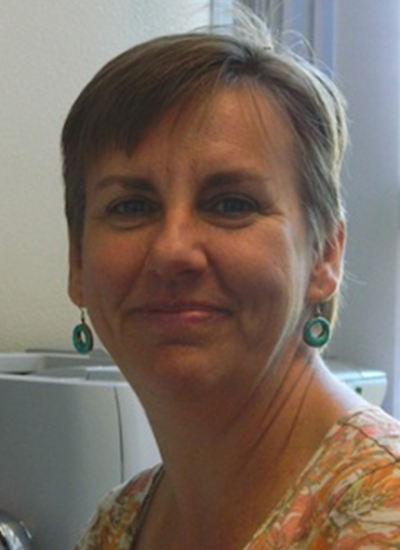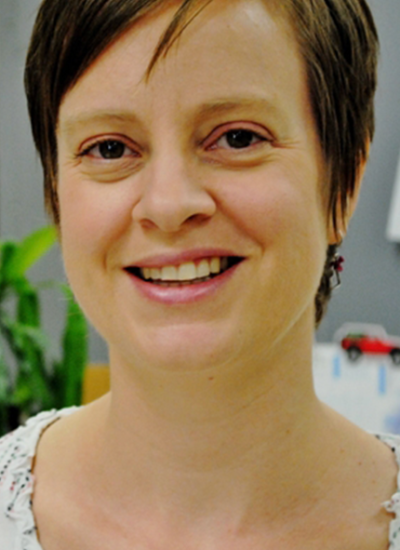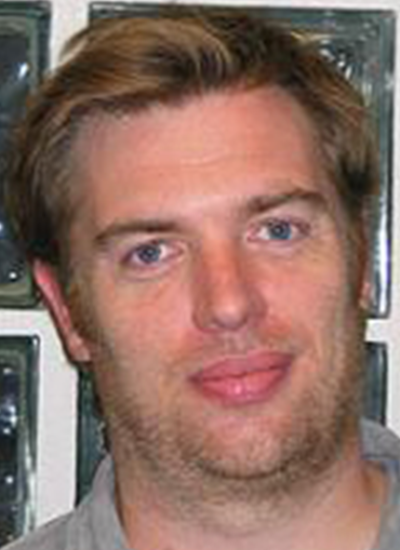Molecular and Cellular Biology
Solange Duhamel
Work Summary
Dr. Solange Duhamel is an aquatic microbiologist and biogeochemist, specializing in the abundance, diversity and activity of aquatic microbes in the ocean, as well as in lakes, rivers, wetland ecosystems, and extreme environments. Her work applies to both life in Earth aquatic ecosystems and the potential for life on other planets, Astrobiology.
Research Interest
Nancy C Horton
Work Summary
The Horton lab uses biophysical, biochemical, and molecular biology to study protein-DNA interactions and filament formation by enzymes. Current projects include the investigation of mechanisms of disease caused by the Human Parvovirus B19, and advantages of filament formation by enzymes such as the sequence specific DNA endonuclease SgrAI, and the important metabolic enzyme PFK.
Research Interest
Daniela C Zarnescu
Work Summary
We are working to uncover the molecular mechanisms of aging and neurodegenerative diseases using a combination of genetic, computational and pharmacological tools, and a diverse array of experimental models. We also seek to develop therapies for ALS and related neurodegenerative diseases.
Research Interest
George L Sutphin
Work Summary
The Sutphin Lab studies the molecular basis of aging. Individual age is the primary risk factor for the majority of the top causes of death in the United States and other developed nations. As our population grows older, aging is increasingly a central problem for both individual quality of life and the economics of societal health. Understanding the molecular architecture that drives aging will reveal key intervention points to extend healthy human lifespan, simultaneously delay onset of multiple categories of age-associated disease, and develop targeted treatments for specific pathologies. We use a combination of systems biology, comparative genetics, and molecular physiology to identify new genetic and environmental factors in aging and characterize their molecular role in age-associated disease.
Research Interest
Joyce A Schroeder
Research Interest
Ryan N Gutenkunst
Work Summary
We learn history from the genomes of humans, tumors, and other species. Our studies reveal how evolution works at the molecular level, offering fundamental insight into how humans and pathogens adapt to challenges.
Research Interest
Lisa K Elfring
Work Summary
There are over 30,000 undergraduates on our campus, and the skills and knowledge they gain here will shape their future careers and their lives. My work focuses on helping faculty members to reach their potential as teachers, and working to support them in the critical work they do.
Research Interest
Pascale G Charest
Research Interest
Andrew P Capaldi
Research Interest
Pagination
- Page 1
- Next page


